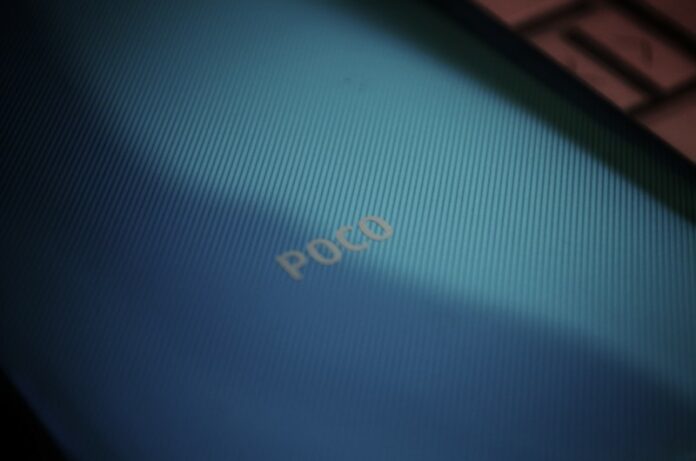In India, the budget segment is one of, if not the most contested segment, with 2021 marking the return of certain Indian brands in the country such as Lava and Micromax. This segment, however, is popularised with the likes of Realme, Redmi, Xiaomi, and Poco. With all these devices, the users are tasked with a major issue, which is coping with a good device and especially for students ever since Covid happened, they need a new smartphone and this segment is aimed at them particularly.
Today, we take a look at the long term review of the Poco M2 Pro, that too in terms of a student’s perspective, discussing whether the budget device from Poco is a good option for you.
But, before we begin, let us discuss the specifications of the same.
General
| Brand | Poco |
| Model | M2 Pro |
| Launched | 7th July 2020 |
| Launched in India | Yes |
| Form factor | Touchscreen |
| Body type | Glass |
| Dimensions (mm) | 165.75 x 76.68 x 8.80 |
| Weight (g) | 209.00 |
| Battery capacity (mAh) | 5020 |
| Removable battery | No |
| Fast charging | Proprietary |
| Colors | Out of the Blue, Green, and Greener, Two Shades of Black |
Display
| Screen size (inches) | 6.67 |
| Touchscreen | Yes |
| Resolution | 1080×2400 pixels |
| Protection type | Gorilla Glass |
| Aspect ratio | 20:9 |
| Pixels per inch (PPI) | 395 |
Hardware
| Processor | 1.8GHz octa-core (2×2.3GHz + 6×1.8GHz) |
| Processor make | Qualcomm Snapdragon 720G |
| RAM | 4GB |
| Internal storage | 64GB |
| Expandable storage | Yes |
| Expandable storage type | microSD |
| Expandable storage up to (GB) | 512 |
| Dedicated microSD slot | Yes |
Camera
| Rear camera | 48-megapixel + 8-megapixel + 5-megapixel + 2-megapixel |
| Rear autofocus | Yes |
| Rear flash | Yes |
| Front camera | 16-megapixel |
Software
| Operating system | Android 10 |
| Skin | MIUI 11 for Poco |
Connectivity
| Wi-Fi | Yes |
| Wi-Fi standards supported | 802.11 a/b/g/n/ac |
| GPS | Yes |
| Bluetooth | Yes, v 5.00 |
| USB Type-C | Yes |
| Headphones | 3.5mm |
| Number of SIMs | 2 |
| SIM 1 | |
| SIM Type | Nano-SIM |
| GSM/CDMA | GSM |
| 3G | Yes |
| 4G/ LTE | Yes |
| Supports 4G in India (Band 40) | Yes |
| SIM 2 | |
| SIM Type | Nano-SIM |
| GSM/CDMA | GSM |
| 3G | Yes |
| 4G/ LTE | Yes |
| Supports 4G in India (Band 40) | Yes |
Sensors
| Face unlock | Yes |
| Fingerprint sensor | Yes |
| Compass/ Magnetometer | Yes |
| Proximity sensor | Yes |
| Accelerometer | Yes |
| Ambient light sensor | Yes |
| Gyroscope | Yes |
Design and Display
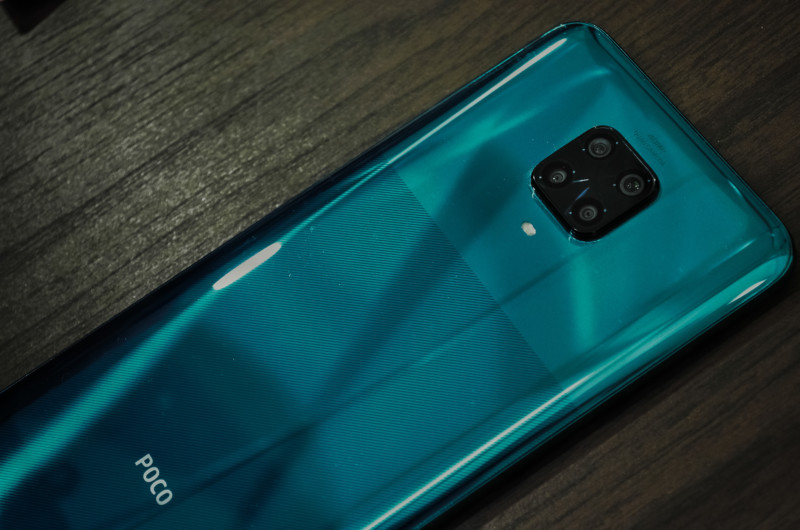
The Poco M2 Pro’s design is one of its most important merits, especially when compared to the competition. The device sports a glass panel at the back with Gorilla Glass 5 both for the back panel and the front. This gives the device a premium feel and helps it one-up ahead of its competition since most devices in this price segment are usually made of plastic or polycarbonate back. This does come with the con of a rather being a fragile build, but, one cannot ask for everything at a given price.
To add to the appeal of the Poco M2 Pro, the back has a certain resemblance to the Pixel series of smartphones, since it features a dual-tone back in terms of appearance, giving a certain feel of the device having two different finishes. While this will not help a student in any particular manner, but, having a stylish phone is something that every student/kid wants. The device comes with a side-mounted fingerprint sensor, which is rapid, to say the least.
In terms of the physical appearance, the device also comes with an IR Blaster, which can be used to control your AC, TV, and more using your phone. There is a Type-C port for charging and a 3.5mm headphone jack to the bottom. Both the fingerprint sensor and the sound controls are present on the right-hand side, leaving the left side vacant.
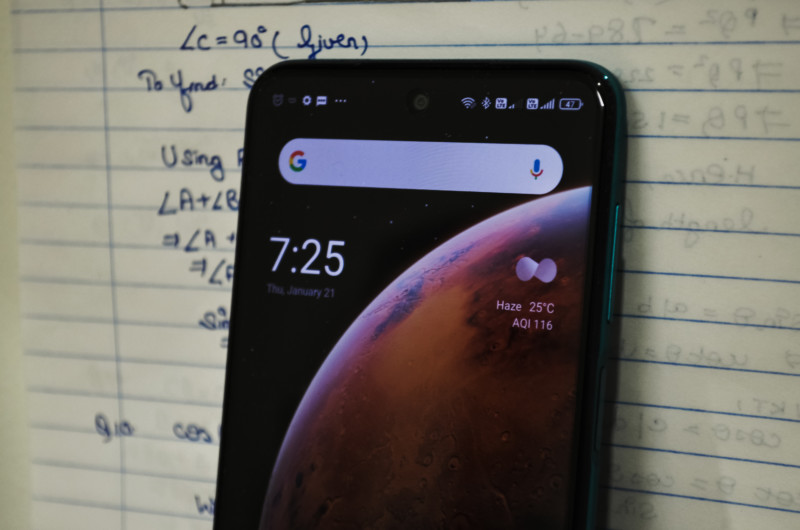
When it comes to the display, one thing that is of immense importance to a student is a big and vibrant display and, the M2 Pro meets all your needs and then some when it comes to the display. There is a massive 6.67-inch FHD+ display, with a vibrant color pattern to boot. The refresh rate is 60hz, which is a bit of a disappointment, but considering how 60hz is still the standard, one ought not to complain a lot.
The device is a bit hefty, weighs at 209 grams, but considering how it is made of glass and comes with a massive 5000 mAh battery, this is a warranted change. As for the colours, there are three hues on offer, Green and Greener, Out of the Blue and Two Shades of Black.
Performance
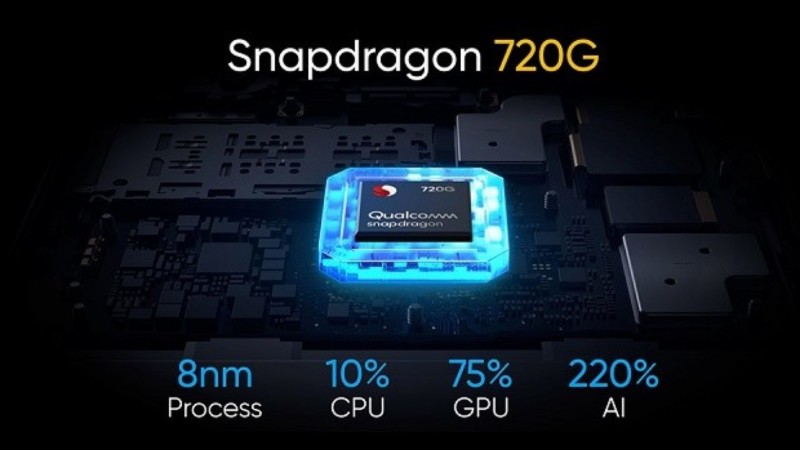
- Snapdragon 720G Processor
- 4GB RAM and 64 GB Internal Storage
- Adreno 618 GPU
A millennial in 2021 requires his phone to perform well and, if you are a student, you want your device to be a good performer, for those gaming breaks after finishing your studies. For this, the Poco M2 Pro comes equipped with a Snapdragon 720G processor, coupled with the Adreno 618 GPU. I happened to play a little bit of Call of Duty and the device performed admirably at high graphics settings, with the heating that I faced with my previous device, the Realme 6, not occurring even once.
More importantly, video editing was more than possible with the Poco M2 Pro, and, being a content creator on youtube, the ability to easily edit my 4K clips (scaled down to 1080p) was quite helpful. Be it handling the timelines or the multiple cuts, the Poco M2 Pro did well and, export times were a tiny bit better than the Realme 6, although the difference was so menial, it is hardly a major difference.
Photo editing on Lightroom is also easy. As for the benchmark scores, the phone scored 276,927 on AnTuTu and managed scores of 552 and 1807 in Geekbench 5.2.0 single-core and multi-core, respectively.
As mentioned before, the lack of a 90Hz refresh rate is a bummer, when used side by side on a budget 90Hz devices like the Narzo 20 Pro and the Realme 6, does seem sluggish to say the least. But, it is not quite major, so it is not a deal-breaker per se.
Battery drain during gaming sessions was far better than the competition, with the Realme 6 draining 11% in a 45 mins CoD game, while the Poco M2 Pro lost only 6%. The bigger battery, coupled with a more efficient chip results in an absolute beast of sorts.
Software
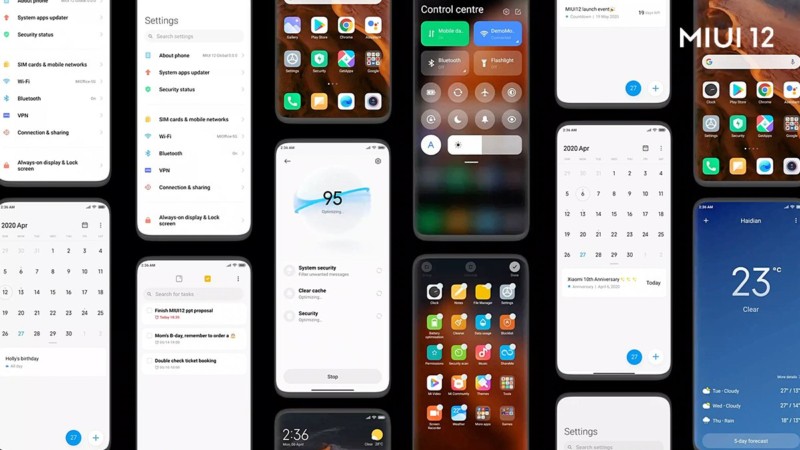
- MIUI 12 based on Android 10 (Poco Launcher)
In terms of software, the Poco M2 Pro runs on the Poco Launcher, atop MIUI 12, based on Android 11. MIUI is not something unknown to most of the readers, considering how popular Mi phones are. The UI is quite snappy in regular conditions, with a slight delay upon a restart, primarily due to an animation heavy interface.
Key aspects such as the battery life and the storage are showcased in the form of bars and graphs, giving the interface a certain Windows-like appearance, which might appeal to some users. The notification shade has two options, a regular version and, for those who appreciate iOS, an Apple-Esque notification shade, complete with animations. This seemed a bit tacky to me, hence I chose to go for the former option.
The infamous ad situation is not present on the device, but, at the time of purchase, I did notice lots of bloatware, especially games which are of no use to most. The constant notifications from GetApps and the Mi Browser can be muted quite easily, that is considering if you end up opening the browser, which I for one, would not recommend it for the life of me.
If asked to sum up MIUI, I would say that it is quite a bit animation heavy, something that did get in the way of my use and, considering that students would not want to miss out on a particular moment or a screen grab, it is an unwelcome thorn in an otherwise user-friendly interface.
Battery
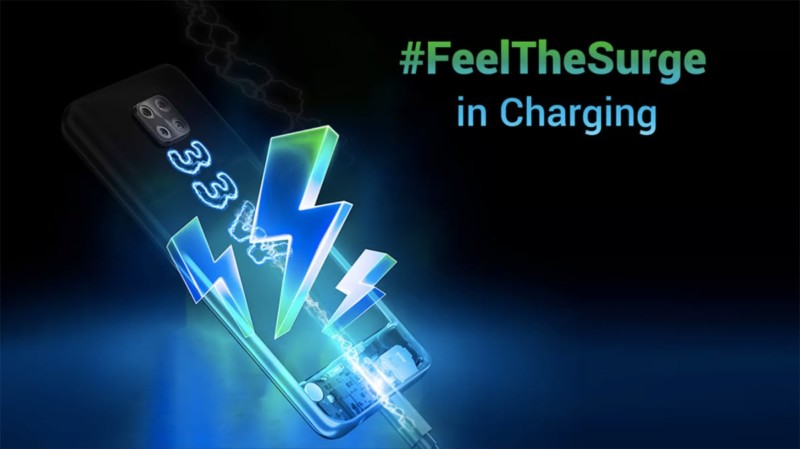
- 5000 mAh battery
- 33W Fast Charger
The most important feature of a smartphone, especially in the life of a student is the battery life of a particular smartphone. I am happy to report that, if you are happy with all that you have read till now, just buy the Poco M2 Pro already, since the device is a legitimate beast when it comes to battery life.
The Snapdragon 720G, when paired with a 60Hz panel and a massive 5000 mAh battery, results in what I like to call the Pujara of the budget segment. The phone regularly lasts 10-11 hours and this is with Zoom classes included, which are quite battery intensive. On my worst day, I was able to drain the battery with 9 Hrs of SOT, which was when I edited two videos, ten minutes each back to back, post file transfers and return transfers.
Charging too is plenty fast, with the device charging from 10-15% to full in under 75 minutes, which is quite good when one keeps in mind that there is a 5000 mAh battery present here. One thing to note, however, if you use your phone during charging, it will take a toll on the charging time, as the fast charging tech here is bundled inside the phone, unlike realme and Oppo, wherein the tech is part of the charger, meaning there is very less impact on the charging times, even if one is gaming while the phone is charging.
Cameras
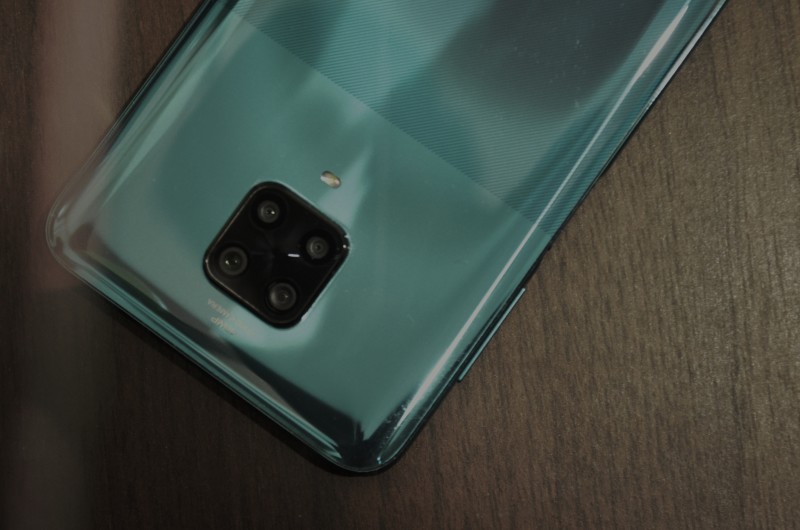
- 48-megapixel + 8-megapixel + 5-megapixel + 2-megapixel on Rear camera
- 16-megapixel Front Camera
As far as the cameras are concerned, the Poco M2 Pro comes with the same camera setup as the Redmi Note 9 Pro. The 48MP primary camera opts for the Samsung GM2 sensor, which is capable of producing bright as well as sharp photos in good lighting conditions. in terms of the colour reproduction, most images look quite vibrant albeit with a slightly warmer tone in the images. One can shoot in raw 48MP mode for enhanced details, but images typically look dull compared to non-48-megapixel images.
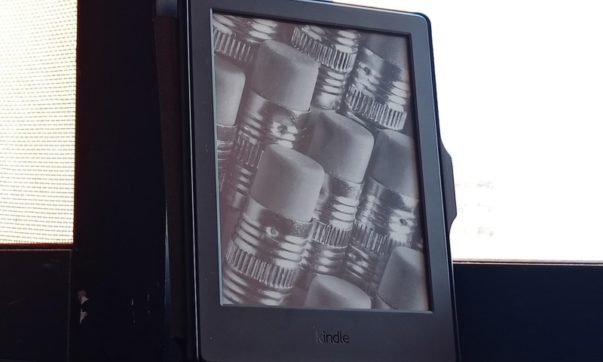

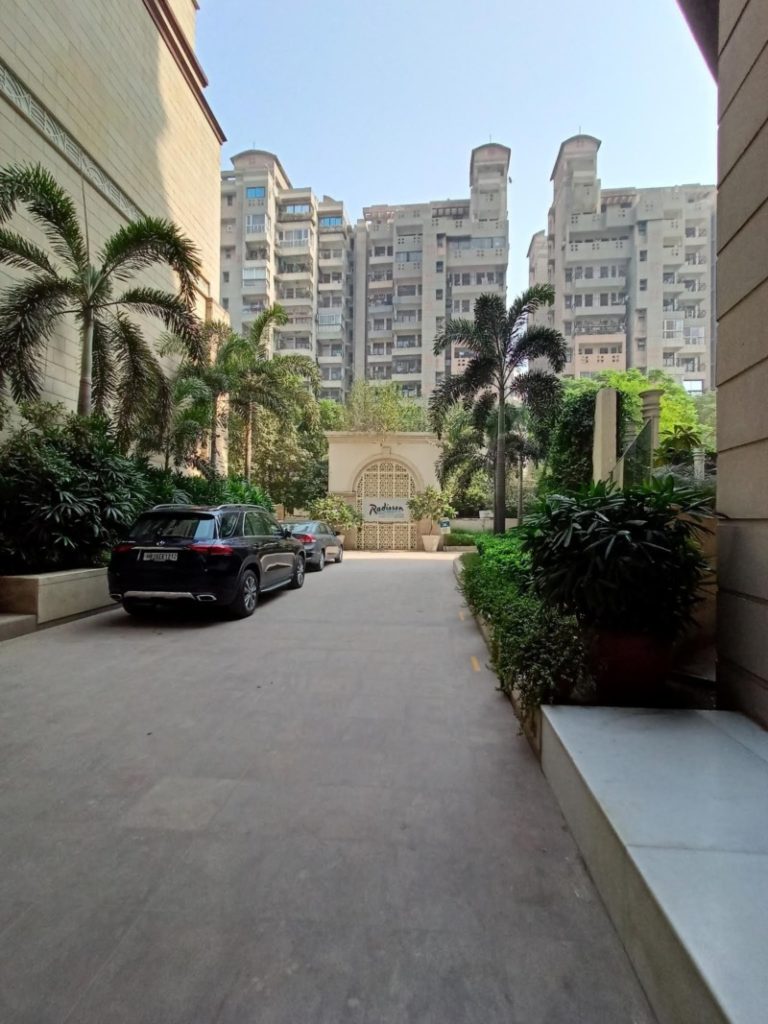
The Night mode allows you to take slightly brighter and clear photos in low light conditions. With the feature only working with the main camera, the results we got were about average. One should not expect dramatically brighter and sharper pictures.
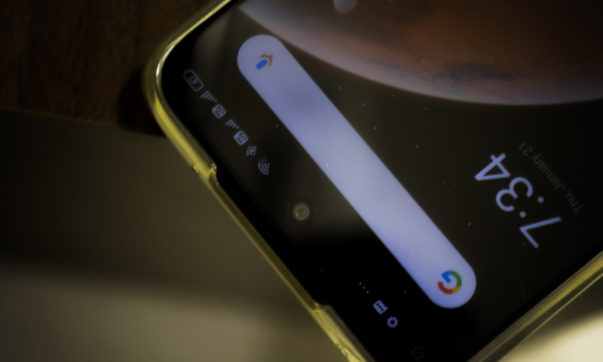
The 16MP front camera can capture decent selfies in daylight provided the beauty effect is turned off. The selfie portrait mode was also able to capture decent bokeh shots.

The front camera also supports night mode, which is supposed to capture brighter and clear selfies in low-light, but instead retains the grainy images that are shown on the viewfinder.
Safe to say, the cameras will meet all your needs when it comes to student’s task, if you sit in the back of your class, you can take sharp images of the notes on the blackboard with the dedicated 48-megapixel mode. The phone is also adequate for those who enjoy occasional photography such as myself, granted you are open to some tinkering to the same.
Poco M2 Pro Unbiased Verdict
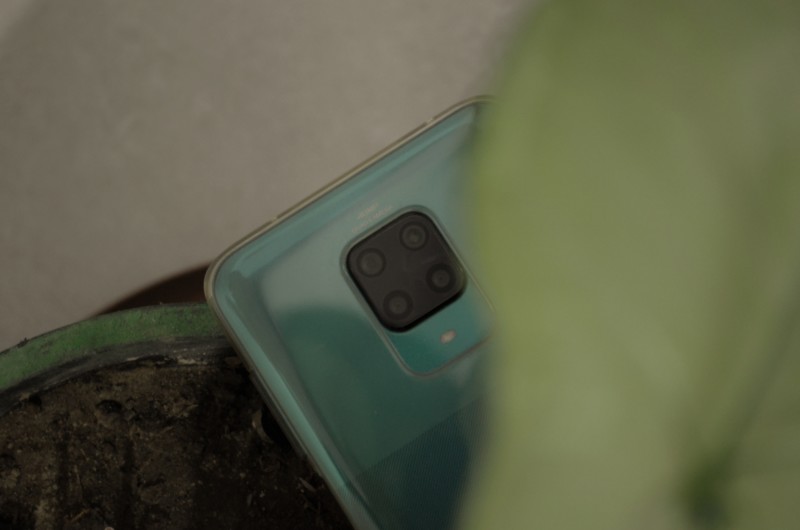
The POCO M2 Pro, which currently sells for Rs 11,999 for the base 4+64 GB variant, with the topmost variant being equipped with 6GB of RAM and 128 GB of Internal Storage. While the device might not have an identity of its own, it does have quite a few things going for it. The fast charging support is a plus point as is Xiaomi’s POCO launcher.
It is a good option for those who are power users and wish for a workhorse in terms of a smartphone, but, for hardcore gamers, Realme’s options might seem and to some extent, be much more enticing. The 90Hz refresh is quite visible and, for a techy like me, the absence of the high refresh rate panel is certainly a con.
Overall, it’s a solid budget smartphone that will impress you with its premium design, display, and a battery that can last all night and then some. For gamers and performance enthusiasts, some alternatives can be found in devices like Realme’s 7 or the Narzo 20 Pro and, for display nerds, Samsung’s OLED panel in the M21 might seem far more appealing.
